Not only did the Toronto Maple Leafs make a coaching change this past week, but they also actually won a couple of hockey games.
There’s plenty to get to this week, so let’s jump right into it.
Thoughts on the Babcock Firing
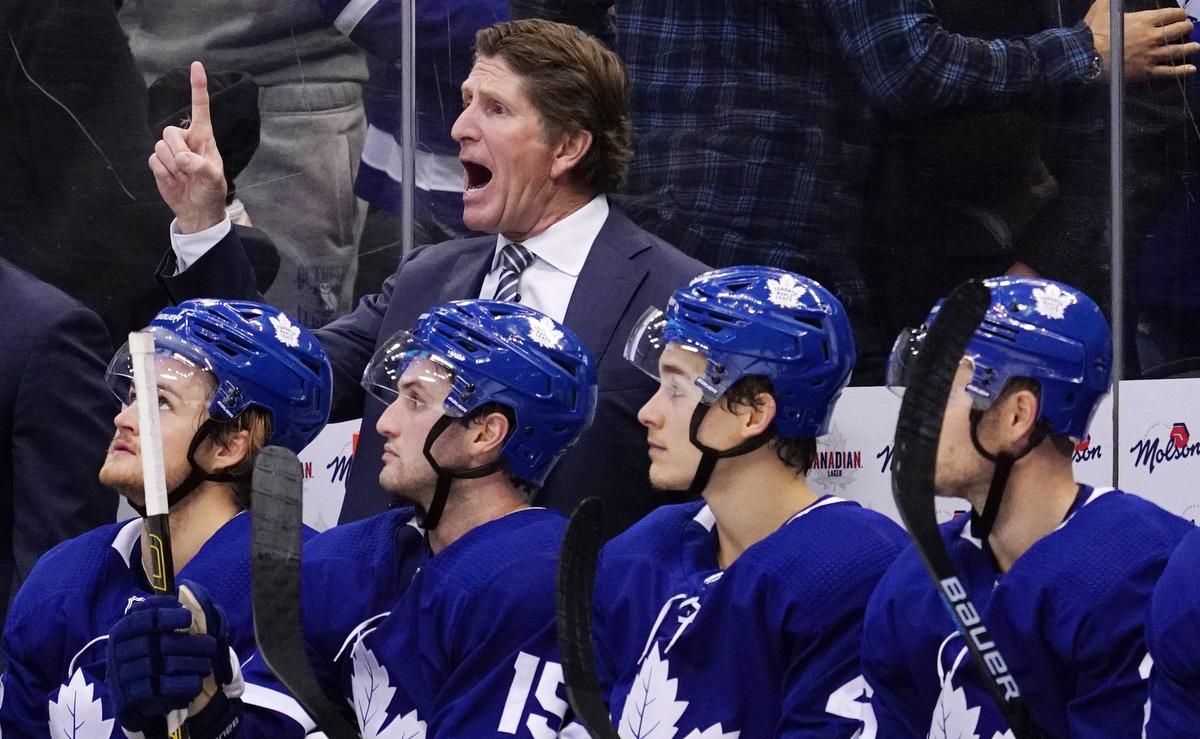
The Toronto Maple Leafs fired Mike Babcock last Wednesday after winning just nine of their first 23 games. It was time for a fresh start, as their talented roster was falling far short of expectations. The power play was awful, they were struggling to generate secondary scoring, and the Leafs defense was, well, the Leafs defense. There were plenty of decisions that I disagreed with over Babcock’s tenure, and I supported the team’s decision to move on.
There are plenty of legitimate criticisms of Babcock, but before we begin, let’s take a moment to dismiss a few false narratives, as many people have taken this opportunity to “dance on Babcock’s grave”. First, the narrative that Babcock completely killed the creativity of Toronto’s offense for years is a hoax. The Leafs had a wicked 5v5 offense during most of Babcock’s tenure (tied for first with the Lightning in 2018-19), and until late last season, they almost always had a strong power play. He deserves some credit for that. Given their on-ice results, it was always perfectly reasonable for him to focus on improving the team defensively.
Second, I don’t buy that every single player on the roster hated Babcock. Morgan Rielly spoke highly of him and I give him at least partial credit for Mikheyev and Tavares signing here. Babcock seemed to love players like Zach Hyman, Trevor Moore, and Alexander Kerfoot, and I can’t imagine that players like Frederik Gauthier and Nick Shore hated him given their roles. I can certainly buy that this team will benefit from a new voice and that a number of players grew tired of him, but let’s not get carried away and pretend that every Leafs star spent parts of four seasons having their creativity stripped away while playing for a coach they hated.
Legitimate Criticisms of Mike Babcock
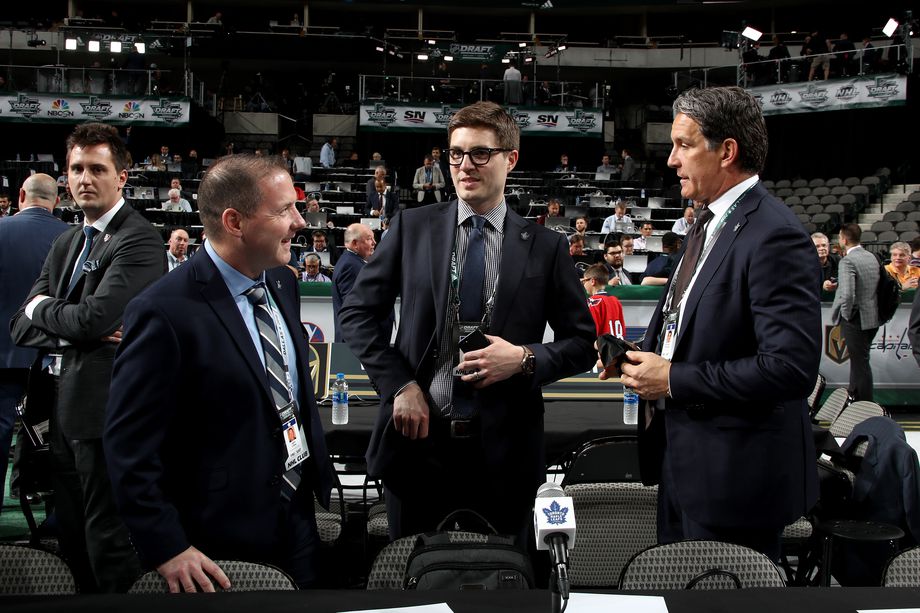
The dynamic of Dubas-Babcock relationship was always a little bit strange. I supported Shanahan’s decision to hire Babcock, and I supported his decision to make Dubas the General Manager, but this wasn’t your standard boss-subordinate relationship.
Babcock made far more money than Dubas, had far more experience, and in the early stages, it felt like he was invincible. Dubas was named the General Manager after the team set a club record for most points in a season. Prior to the team’s most recent playoff loss to the Bruins, I don’t think there was a single opportunity where he could have fired Babcock. Of course, this coach-general manager relationship wasn’t solely Babcock’s fault, but this situation was not typical.
In terms of his forwards, Babcock took a long time to figure out who his best players were. He over-relied on certain veterans at times, even when it was clear they were ineffective. Leo Komarov remained on Nazem Kadri’s line for far too long during the 2017-18 season, even though he was a bottom forward league-wide in terms of 5v5 points per minute. He even started Komarov during three-on-three overtime. Patrick Marleau never touched the fourth line last year, even though he was outplayed by players like Trevor Moore and Tyler Ennis. It took Babcock too long to realize just how good Andreas Johnsson and Kasperi Kapanen are.
On defense, I’m not sure Babcock ever figured out who his best players were. Other than a short trial with Jake Muzzin, Morgan Rielly was glued to Matt Hunwick, Nikita Zaitsev, Ron Hainsey, or Cody Ceci. Every single Leafs fan on the planet knew that this wasn’t going to work in a shutdown role come playoff time, yet Babcock did not try any other pairings. I give Babcock credit for his usage of Jake Gardiner, but he simply never gave this roster a chance of finding a potentially effective top-pairing.
It was tough to say how much blame he deserved for the team’s ineffective power play this season — at least until the team’s top unit immediately changed when Keefe arrived. Whether or not he delegated the power play duties to his assistant coach, the buck stops with Babcock and it’s clear that he could have made changes if he chose to. He rode an ineffective power play set-up for far too long, and when his team struggled to score at 5-on-5 as well, he continued to play a lifeless fourth line with Gauthier and Shore.
For years, Babcock refused to rotate his extra players into the lineup. Josh Leivo and Justin Holl spent entire months in the press box, and when they finally did play, they had no realistic chance of being successful. It’s completely ridiculous that Josh Leivo couldn’t get in the lineup during the second half of a back-to-back over Matt Martin, or that Justin Holl couldn’t do the same over Igor Ozhiganov.
Not only does this highlight Babcock’s inability to figure out who his best players were, but it also almost certainly hurt the team’s culture. There was bound to be several players on the team who were good friends with Leivo and Holl; I assume they did not enjoy watching their friend’s NHL career jeopardized because the coach would not give the player any type of realistic chance.
I prefer Holl to Ozhiganov, Leivo to Martin, Carrick to Polak, and both Spezza and Petan over Nick Shore. I do think people often get carried away with just how valuable some of these players are, but I can’t say that I had much faith in Babcock’s ability to play the best players. Even if you don’t agree with me here, there should be no debate that the players could have rotated in and out of the lineup more often.
Dubas was put in an awkward position when making trades and signings. He traded for Nic Petan not knowing if his coach would play him more than a handful of times. He signed Jason Spezza not knowing if the coach would give him a realistic chance. These weren’t fireable offenses, but they created drama that just didn’t need to happen. The majority of the fan base turned on Babcock by the end of his Leafs tenure, and while I see many fans being over-the-top with their criticism at times, Babcock often deserved part of the blame for turning small roster decisions into media talking points.
Implications for Kyle Dubas
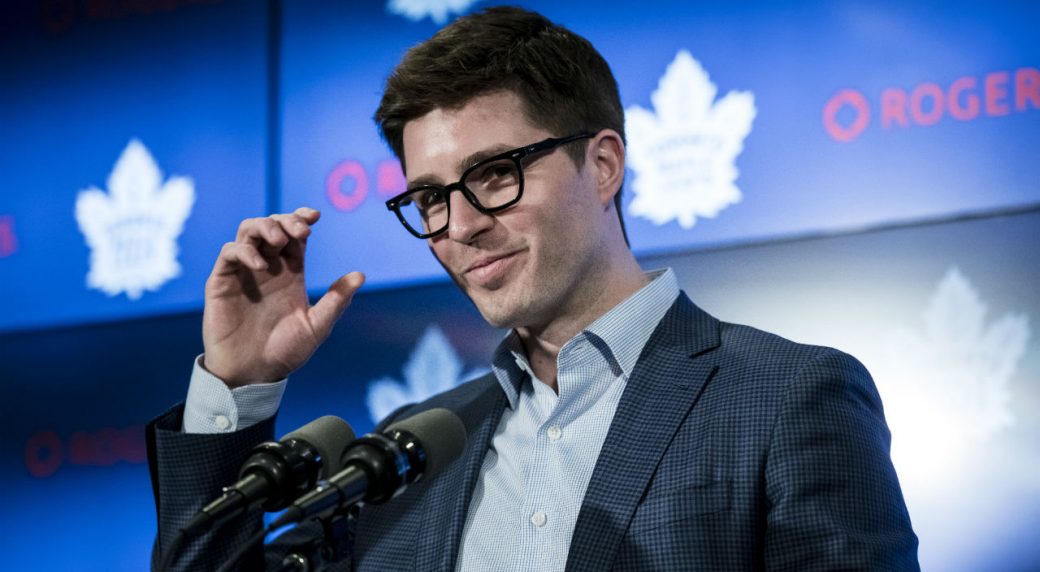
Following the coaching decision, much of the discussion has turned to Kyle Dubas and what this means for his future. There has also been criticism in terms of the timing of the firing as well as how much of the blame should be directed towards the players instead. Meanwhile, everyone is still trying to make sense of what this could mean for the Leafs this year in terms of what type of changes we should expect.
Shanahan addressed the “Dubas has now spent his bullet” narrative during his press conference on Thursday, saying that he doesn’t believe in this. While I agree with Shanahan, I don’t think that he could have said this if they had fired Babcock during the offseason. At this point in the season, there wasn’t a lot of controversy in terms of firing the coach. The Leafs had won less than 40% of their games, recently got blown out by an injury-depleted Penguins team, and had not held a lead in over 400 minutes. This decision almost felt unanimous in both the media and the fanbase.
If Sheldon Keefe was named the coach of the Leafs this offseason, and the team got off to this type of start, Dubas would be getting absolutely bashed by the media right now. I thought he made the smart decision to keep Garret Sparks over Curtis McElhinney last season, but the end result was horrible. He took plenty of heat for that from the media, but a slow start with Keefe this year may have put his job in jeopardy (we saw this exact situation play out when the Panthers fired Gerard Gallant a few years back). I don’t blame him for starting with Babcock, seeing how it went, and evaluating from there.
For Dubas specifically, this was the perfect time to make a move. Almost everyone was in agreement that a change was needed and the results from this season can’t get much worse. He now has a far more prototypical relationship with his coach and should have more power in terms of roster decisions.
As a General Manager, Dubas was always going to be tied to the success of his team, especially after he traded Nazem Kadri. If he kept Babcock the entire season and missed the playoffs, the results were always going to reflect on him.
Implications for the Maple Leafs
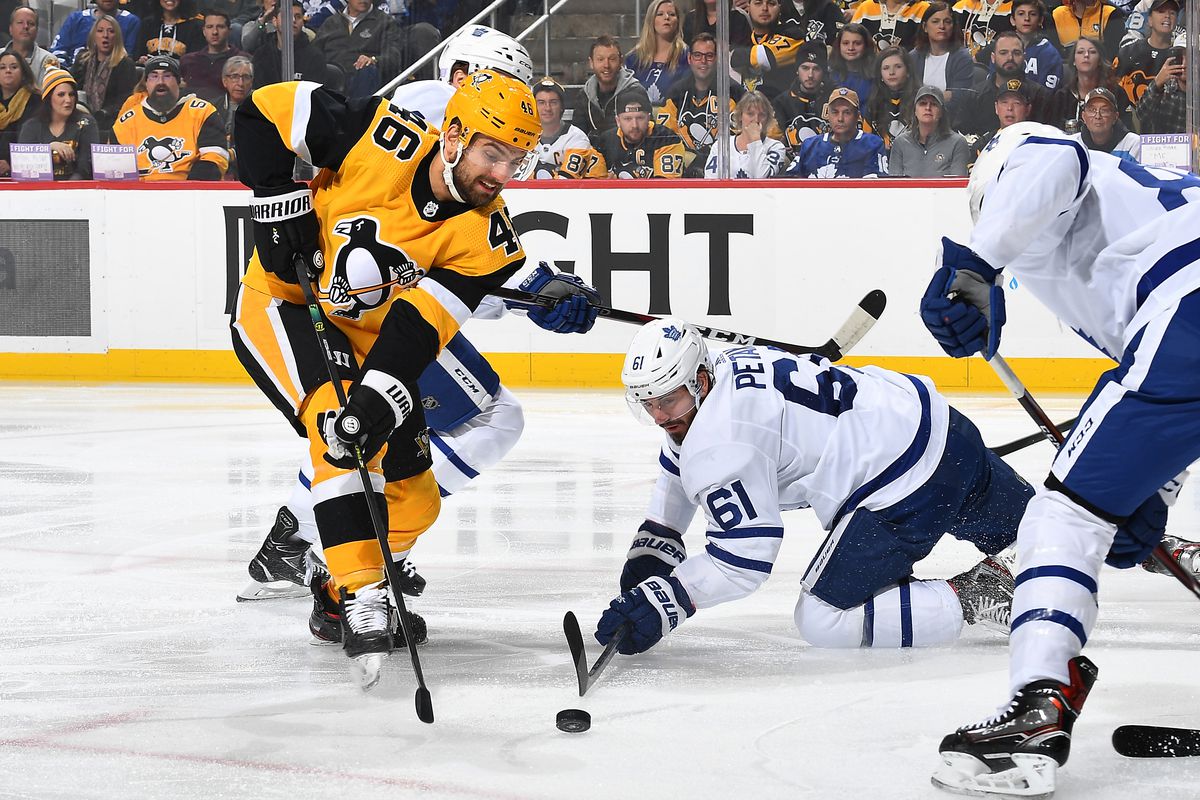
In Babcock’s final games, they weren’t winning many of the matchups. The Matthews line usually out-played weaker competition, but Tavares did not have the linemates to out-score opposing top lines and both the third and fourth lines were weak. Keefe decided to put Kapanen back on the third line; I think the Kerfoot-Spezza-Kapanen line gives them a better chance to win more than one forward matchup. The fourth line against Arizona also had more scoring potential than before while the Tavares line ended up playing extremely well in that game.
In terms of roster changes, there are a few things that I am hoping for. I’d like to see Ceci play less, Dermott play more, and a forth line with more offensive firepower than the Gauthier-Shore duo. I have no idea if Keefe will make any of these changes, but I think the probability of them happening increases.
There are a few differences that I do believe are legitimate changes thus far. First, the Leafs have been going out of their way to hold onto the puck instead of dumping it in. Second, the Leafs defensemen are now very aggressive. Third — and this is partly influenced by the practice video that was shown on the broadcast — the wingers have played closer to Toronto’s net in the defensive zone.
The other key change was on the power play. I wouldn’t have tried playing two defensemen on the top power play unit, but something needed to change and I’m interested to see it play out now. Barrie basically plays like a forward, and he probably has the best one-timer on the team, so there’s at least a chance that it works. This experiment is off to a great start. I also liked that Keefe called a timeout on Saturday night to keep his top unit on for the full two minutes.
Leafs fans should be encouraged by early results of the Keefe-era. Of course, if you project every last one of your thoughts onto Keefe, you’re bound to end up disappointed. If he coaches this team for as long as Babcock did, there’s going to be plenty of decisions that you disagree with. Overall, I thought he did a great job with the Marlies over his tenure there, but he certainly wasn’t perfect. At some point, people will either set realistic expectations or end up disappointed.
The biggest winners of the coaching change this far have been Tyson Barrie, Jason Spezza, and Pierre Engvall. Barrie deserves his fair share of criticism for his play under Babcock, but he looks like the player who I watched last year in Colorado and he’s obviously getting a big opportunity on the top power-play unit. I’m not even sure if Spezza would be in the league right now if Marner hadn’t gone down to injury, but he’s now centering two good players in Kerfoot and Kapanen and is impressing in terms of puck protection.
Lastly, Engvall is in a unique position where he was reunited with his AHL coach just one game into his NHL career. I have to assume that Keefe recommended Engvall for a promotion, and after not playing on the penalty kill in his first game, Engvall made the most out of his first opportunity by scoring a short-handed goal.
Final Thoughts
- Keefe basically rolled four lines all night against Arizona. Matthews ended up with more even-strength ice time than usual, but that was largely due to the fact that there were hardly any penalties in the game. I think it’s too early to judge what type of changes we will see in terms of ice time.
- Keefe’s Calder Cup-winning team carried a ton of wingers who could “drive play”. Miro Aaltonen, Chris Mueller, Frederik Gauthier, and a young Adam Brooks were the centers in that lineup, and while this was a pretty strong group overall, they weren’t amazing in transition. Wingers like Johnsson, Moore, Engvall, and Timashov stood out in transition at the AHL level, while Grundstrom, Greening, Smith, and Marchment all brought a heavy style. I found it interesting that Keefe went with Spezza as the center and Kerfoot on his wing. Similar to Keefe’s Calder Cup-winning roster, the majority of the team’s speed is on the wing, as Tavares, Spezza, and Gauthier aren’t high-end skaters. The early results have looked great. It feels like Mitch Marner is going to thrive in this system as well.
- One thing I disagreed with Keefe on was his decision to scratch Bracco during the 2018 Calder Cup playoffs. Of course, winning the Calder Cup stopped everyone from talking about this, but I thought the final series was closer than it should have been. The Marlies power play was not all that impressive back then, and Bracco turned into the second-best power-play scorer in the league the following season as well as the league’s best power-play quarterback. Obviously, Keefe eventually figured out how to create a high-end power play the next season, but I’m not sure that their Calder Cup series goes to seven games if they had used a Bracco-led top power play unit.
- I’m very curious to see who the Leafs call-ups are both this season and next season, as Keefe knows the Marlies players better than anyone. Both Sandin and Liljegren are playing well as of late; I expect both to be on the roster next year. It will be interesting to see how much NHL playing time players like Bracco, Brooks, Engvall, Timashov, and Marchment get over the next two seasons as well.
That’s it for this edition of Leafs Musings. The Leafs have a bit of an easier schedule coming up with Detroit, Buffalo, and Buffalo again, so let’s hope that there are more wins to write about for next week.



![Sheldon Keefe on the Maple Leafs’ struggling power play: “[We’ve scored] one out of 11 high-danger chances in tight to the net… We have been in those spots and haven’t converted” Sheldon Keefe, playoff press conference](https://mapleleafshotstove.com/wp-content/uploads/2024/04/keefe-pc-game-3-218x150.jpg)
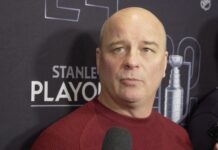
![Jim Montgomery Post Game, Bruins 4 vs. Leafs 2: “[Marchand] still manages to get under people’s skin, yet he doesn’t cross the line” Jim Montgomery, Boston Bruins post game](https://mapleleafshotstove.com/wp-content/uploads/2024/04/jim-monty-pg-to-218x150.jpg)



















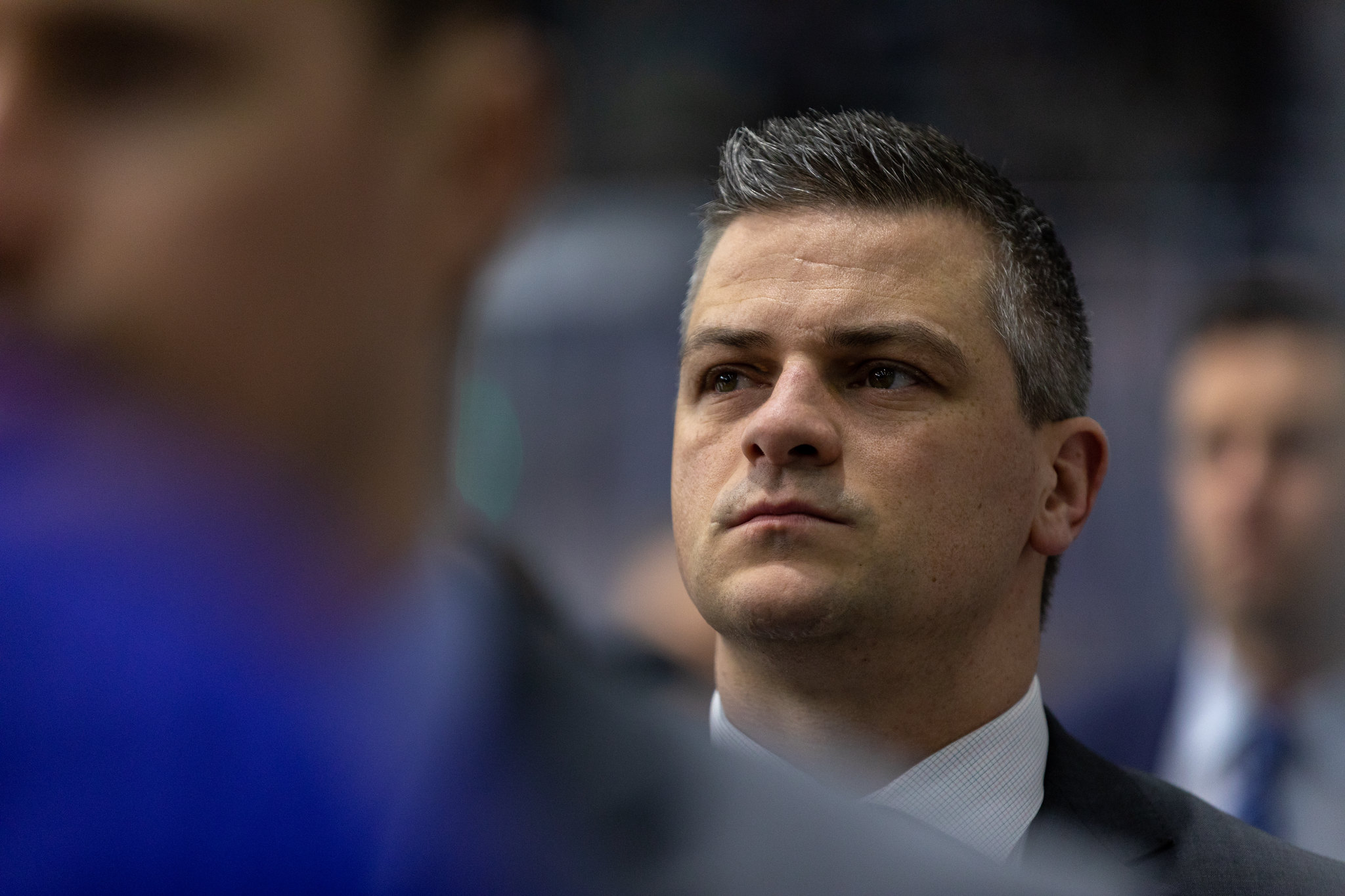




![Sheldon Keefe on the Maple Leafs’ struggling power play: “[We’ve scored] one out of 11 high-danger chances in tight to the net… We have been in those spots and haven’t converted” Sheldon Keefe, playoff press conference](https://mapleleafshotstove.com/wp-content/uploads/2024/04/keefe-pc-game-3-100x70.jpg)



![Jim Montgomery Post Game, Bruins 4 vs. Leafs 2: “[Marchand] still manages to get under people’s skin, yet he doesn’t cross the line” Jim Montgomery, Boston Bruins post game](https://mapleleafshotstove.com/wp-content/uploads/2024/04/jim-monty-pg-to-100x70.jpg)
